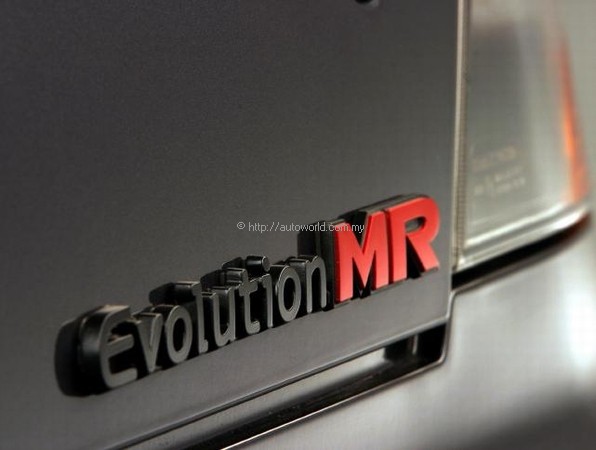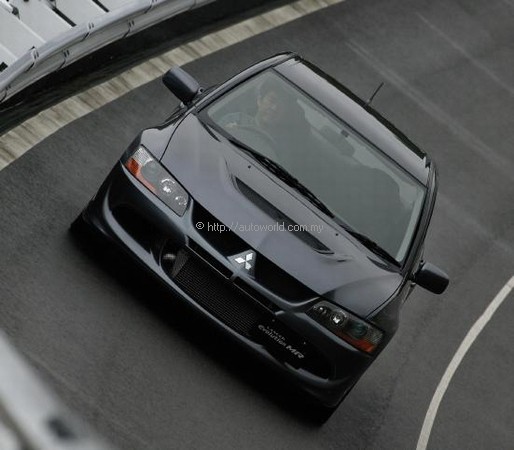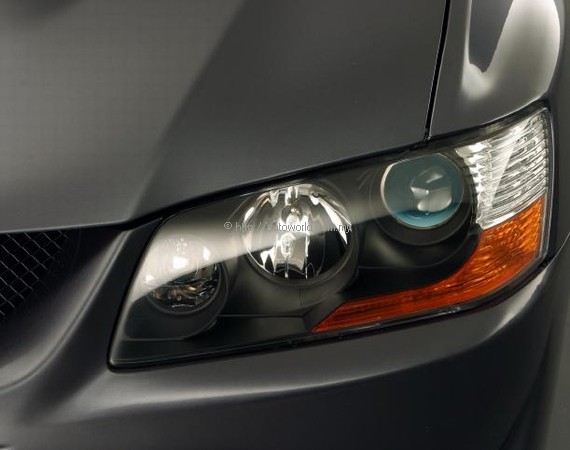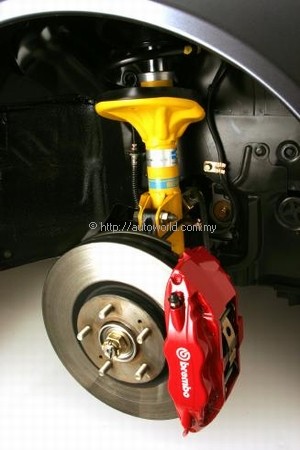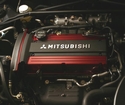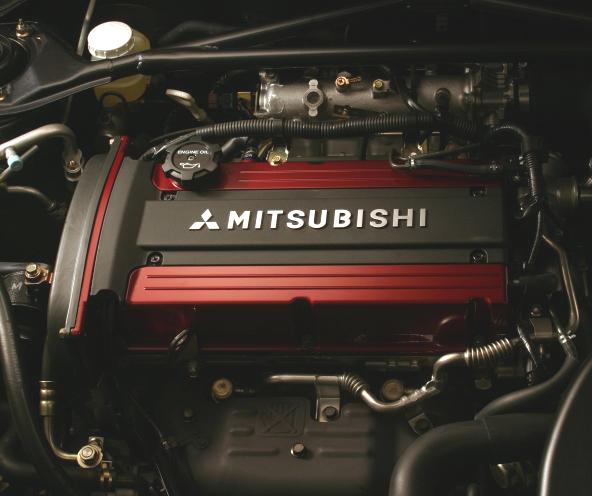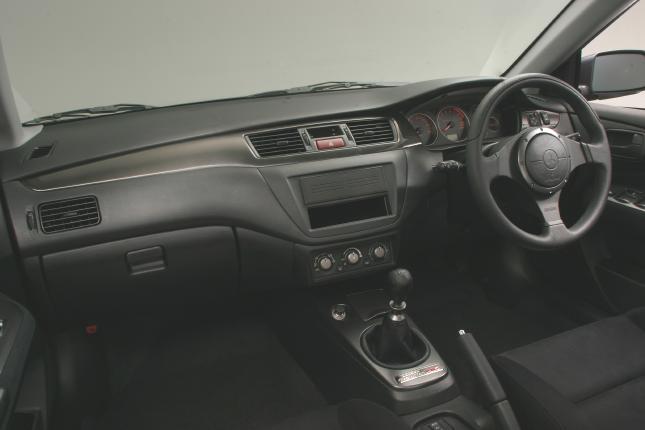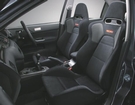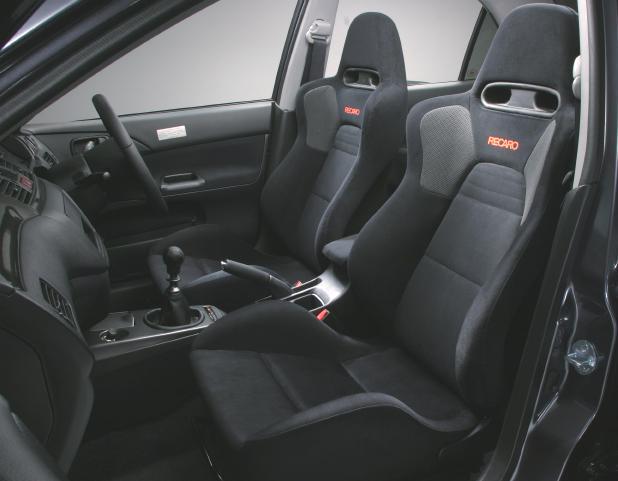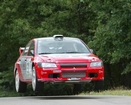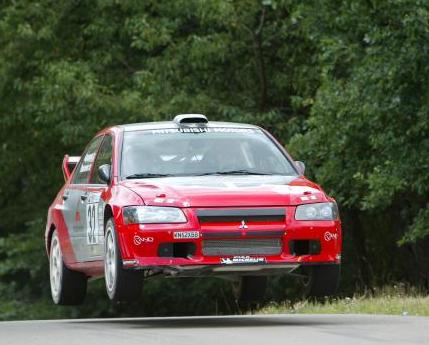Mitsubishi Lancer Evolution MR
It’s been ten years since Mitsubishi Motors launched its Lancer Evolution as a homologation model so as to have a highly competitive entrant in the World Rally Championship (WRC). The regulations are such that a manufacturer must have a certain number of units of a model produced, from which a rallycar can be derived. Thus, in order to be able to have a really potent rallycar, MMC developed a ‘super’ variant of its Lancer sedan which it also put in the showrooms.
Since then, that variant – called the Lancer Evolution – has gone through an evolutionary process faster than the normal versions, reaching its eighth incarnation today as the Lancer Evo VIII. Along with the Subaru WRX, the Evo is a much-desired machine by enthusiasts.
 |
At the recent Tokyo Motorshow, MMC unveiled an additional variant of the latest Evo which was designated Lancer Evolution VIII MR, the ‘MR’ referring to ‘Mitsubishi Racing’. This prefix has usually been used for special high-performance models (first with the Galant GTO) and clearly, the Evo VIII qualifies. It’s a wonder this badge was not used before.
The Evo MR does not get a much more powerful engine but receives a number of changes which take roadholding and handling to much higher levels. Development work was done at the legendary Nurburgring circuit where the bumpy and undulating surfaces with tight twisty corners will show how good a suspension set-up is.
One of the approaches taken has been to lower the centre of gravity (CG), a challenge since the car is already pretty low. To achieve this, the roof is an aluminium sheet and weight has been shaved off the upper parts of the bodyshell. A special process bonds the aluminium roof to the steel frame and there are additional reinforcements in strategic locations to ensure that rigidity remains high.
MMC says that the result of lowering the CG is to give a more neutral roll characteristic, and this benefits handling, along with the use of forged alloy wheels that reduce unsprung weight.
The Evo VIII MR has a more sophisticated development Mitsubishi’s all-wheel drive system which has already proven highly effective in the WRC. This is complemented by improvements to the ACD+ Super AYC (Active Centre Differential + Super Active Yaw Control) systems as well as the sports ABS set-up. The lightweight suspension gets quick-response Bilstein dampers which give a higher degree of control, predictability and stability to the driver.
The engine has an upgraded turbocharger and reprofiled cams have altered the torque curve, while the tuning is biased towards competition use with emphasis on power output from the medium speed range upwards. The power output is 202.1 kW/270 bhp at 6500 rpm (500 short of the redline) and 370 Nm of torque at 3500 rpm, the latter pretty impressive for a 1997 cc 4-cylinder powerplant. According to some sources, the Evo VIII MR should be good for a maximum speed of 250 km/h.
As far as cosmetics are concerned, the fitments are fairly much like the Evo VIII but have some touches to reflect the exclusive sporty, premium position of the model. Externally, black headlamp reflectors differentiate this variant and there’s also a carbonfibre finish on the dashboard.
Brian O’Connor would probably love to have this Evo as a replacement for his yellow Evo VII if he gets another assignment in FastNFurious 3 but MMC has no plans to export this hotrod to America or anywhere else.
 |




